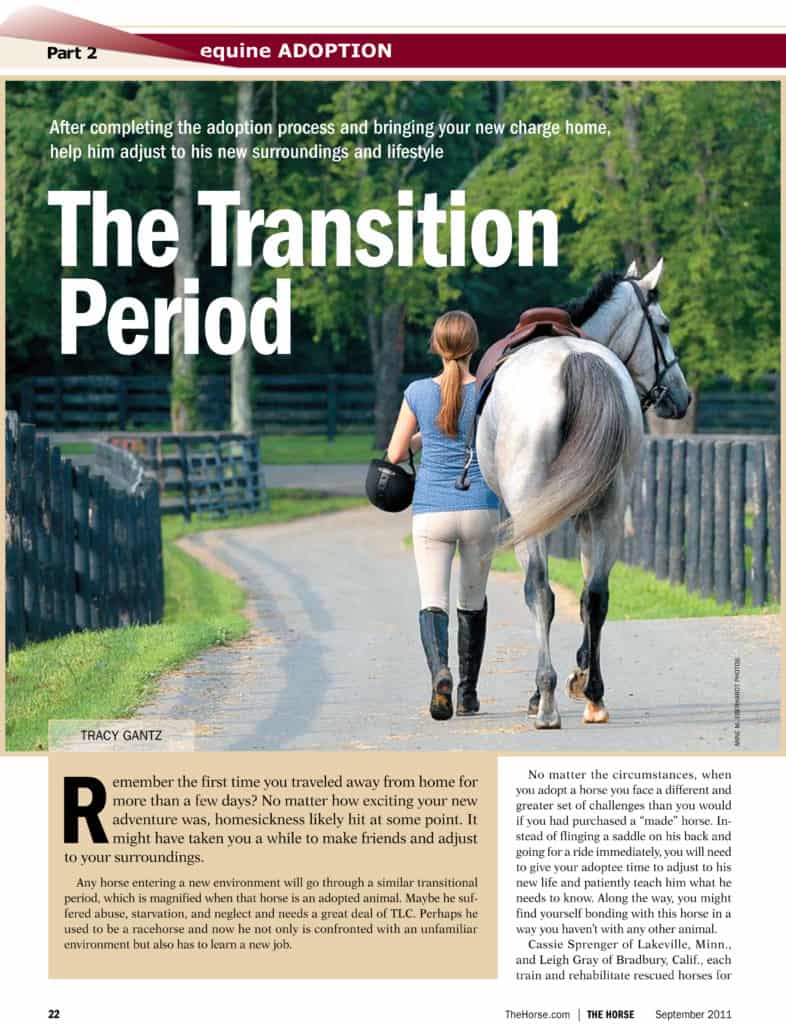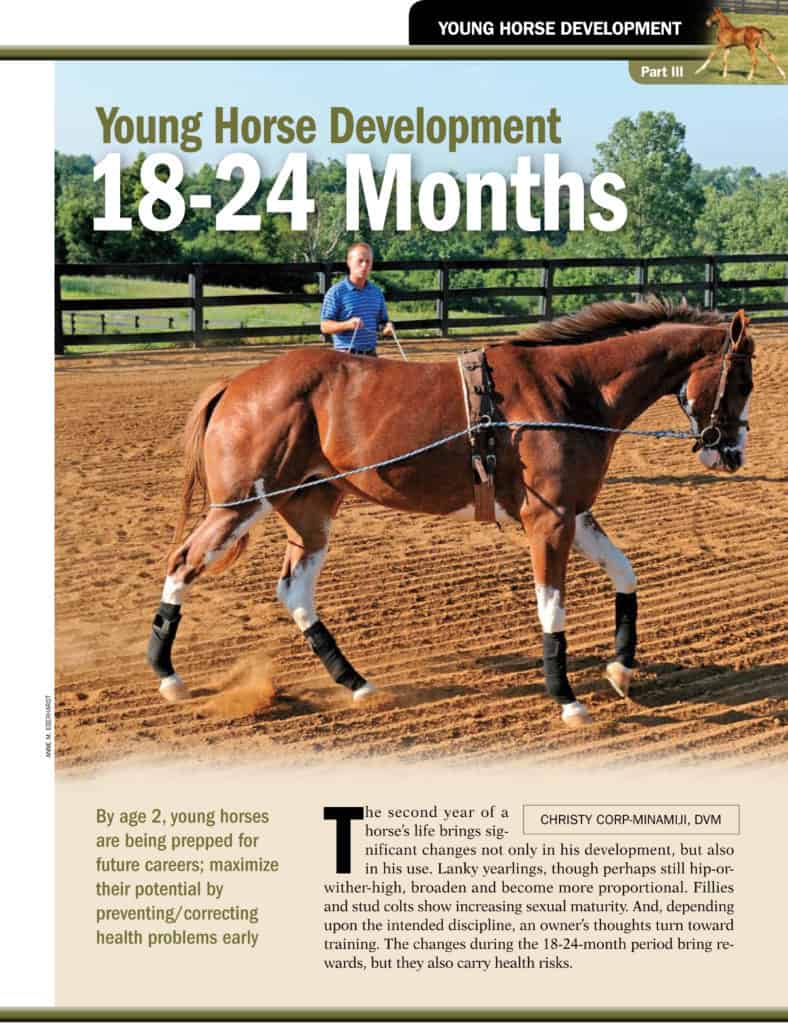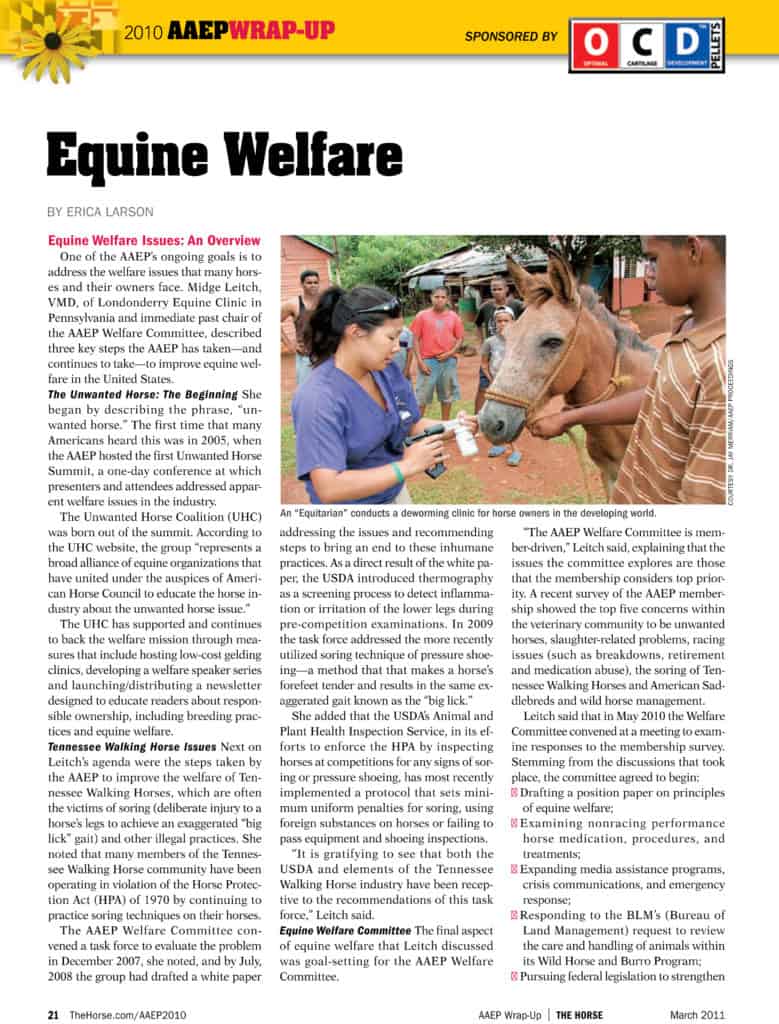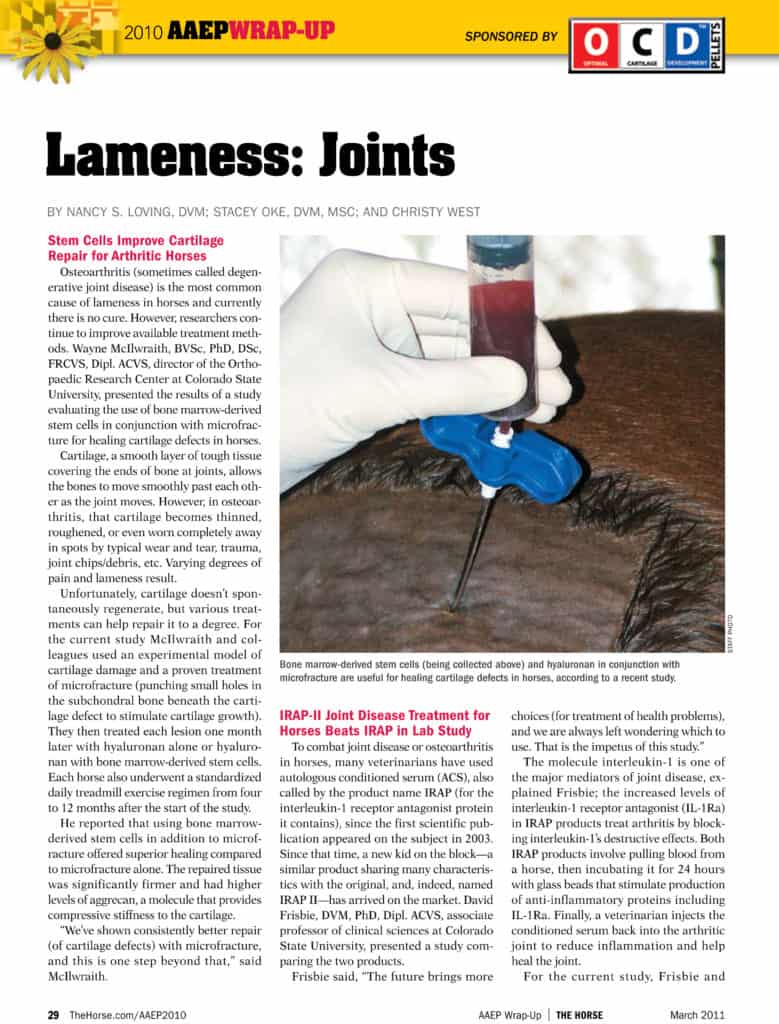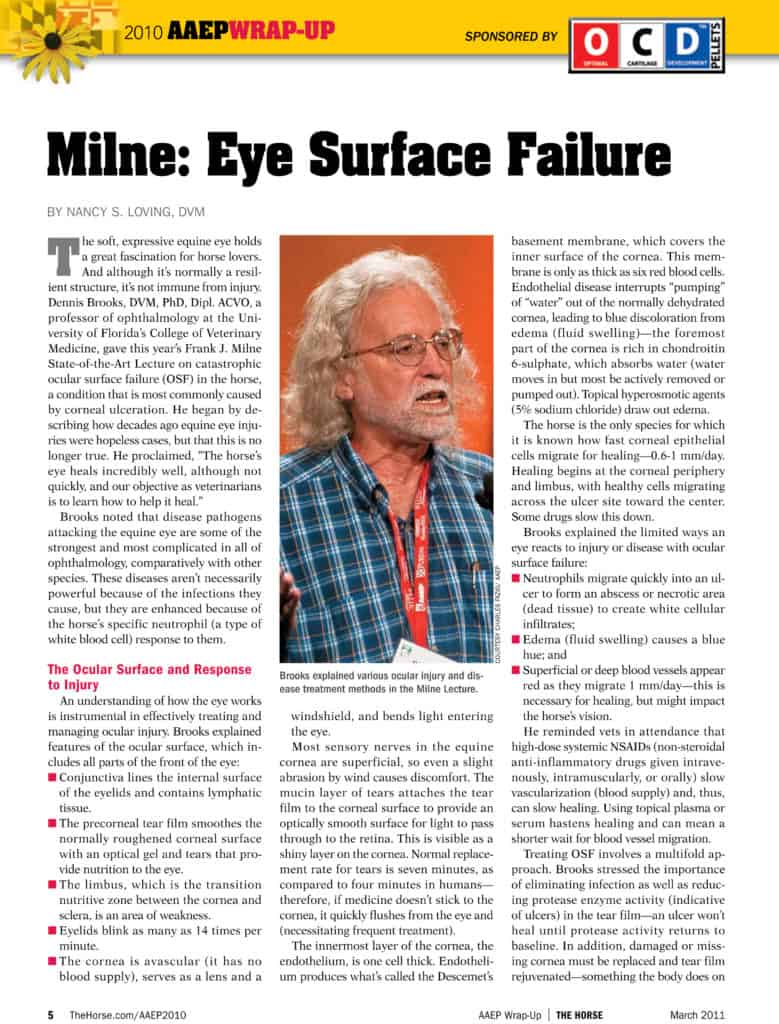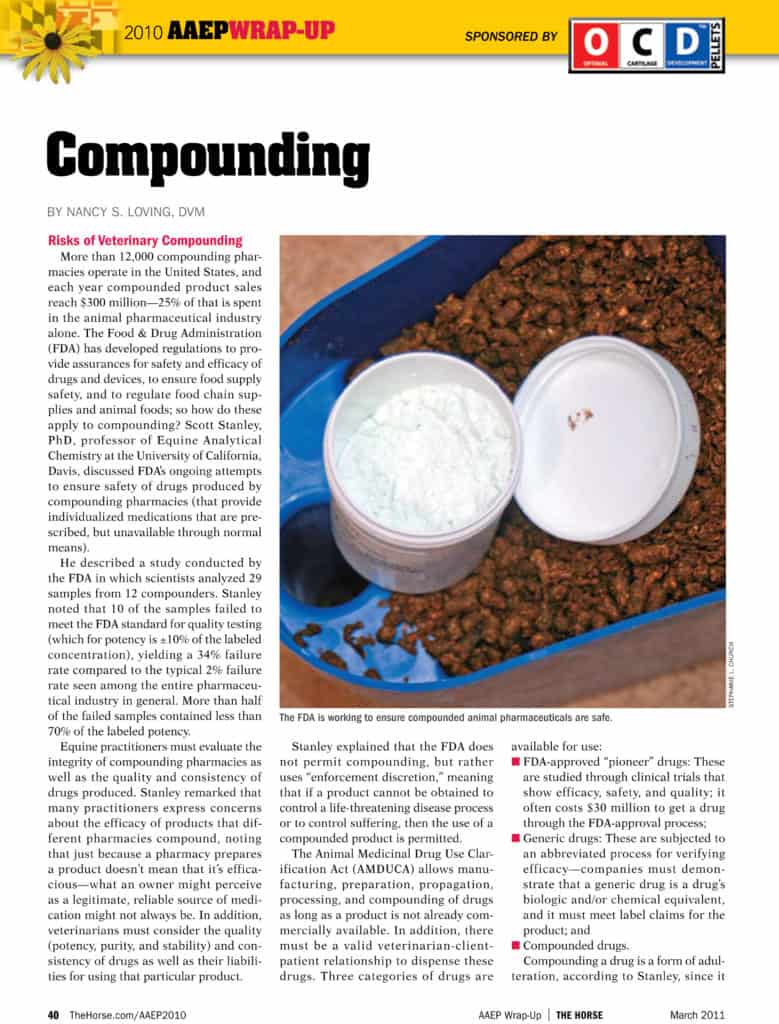
Horse Adoption Part 1: Before You Adopt
With many horses in need of homes, adoption is often an attractive alternative to buying; however, it requires a serious human commitment. Adoption is not the right choice for everyone, but those considering adoption have plenty of options from retired racehorses to wild horses and everything in between.

